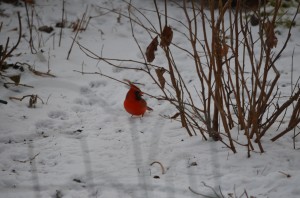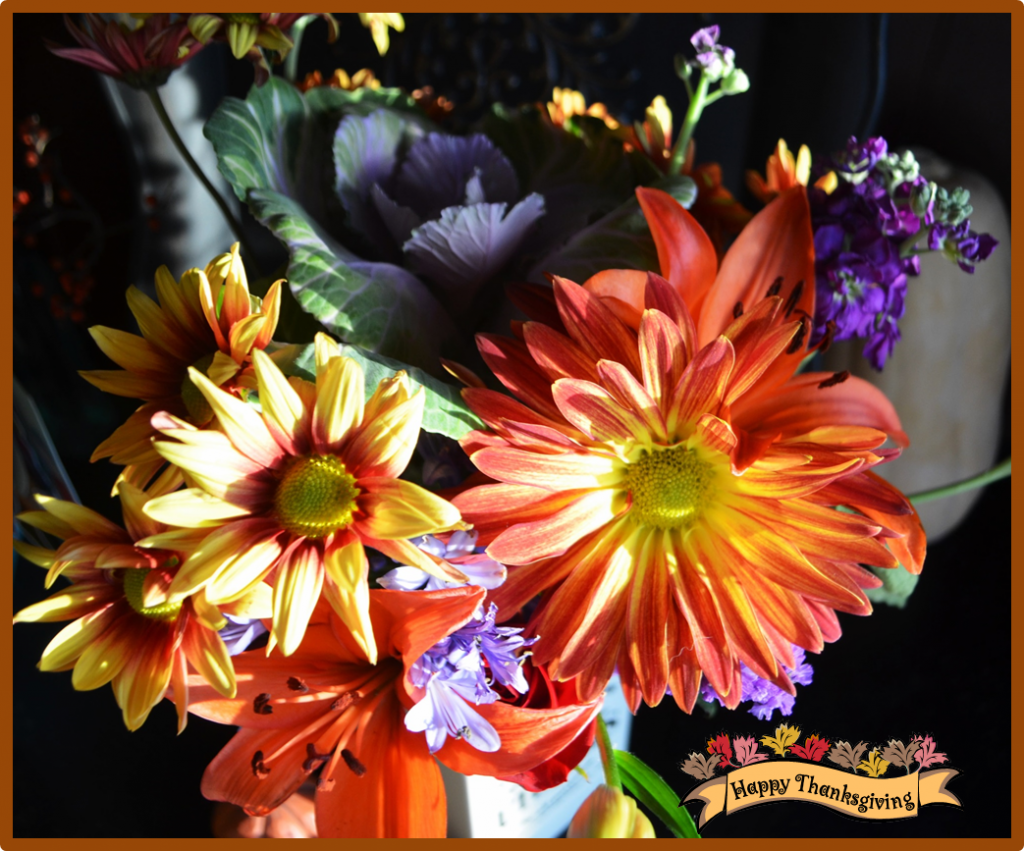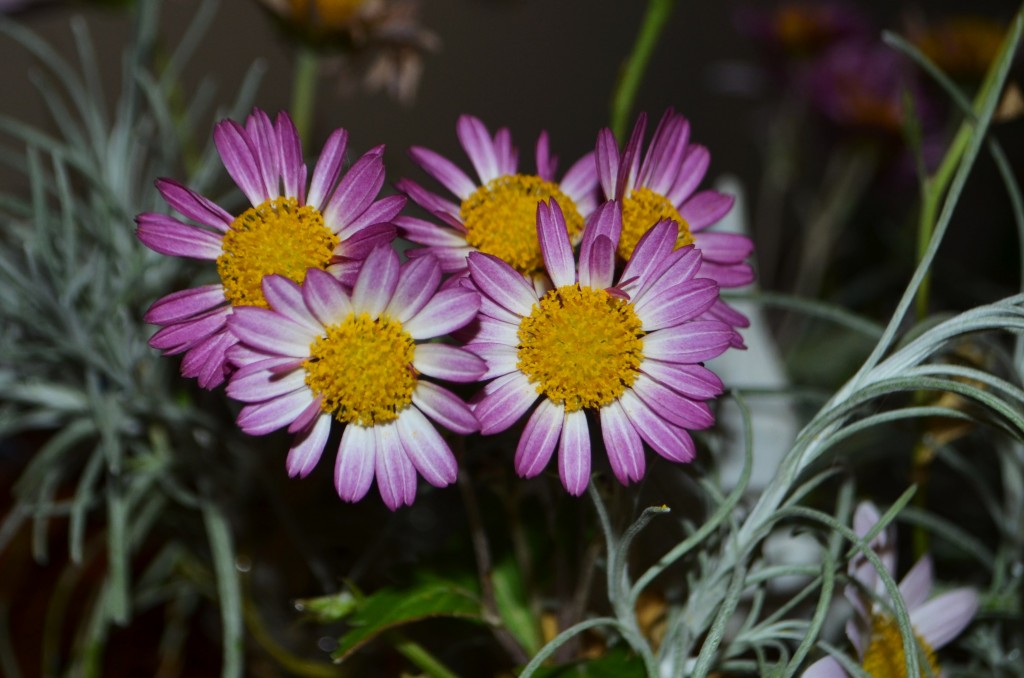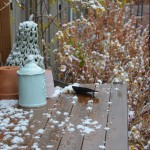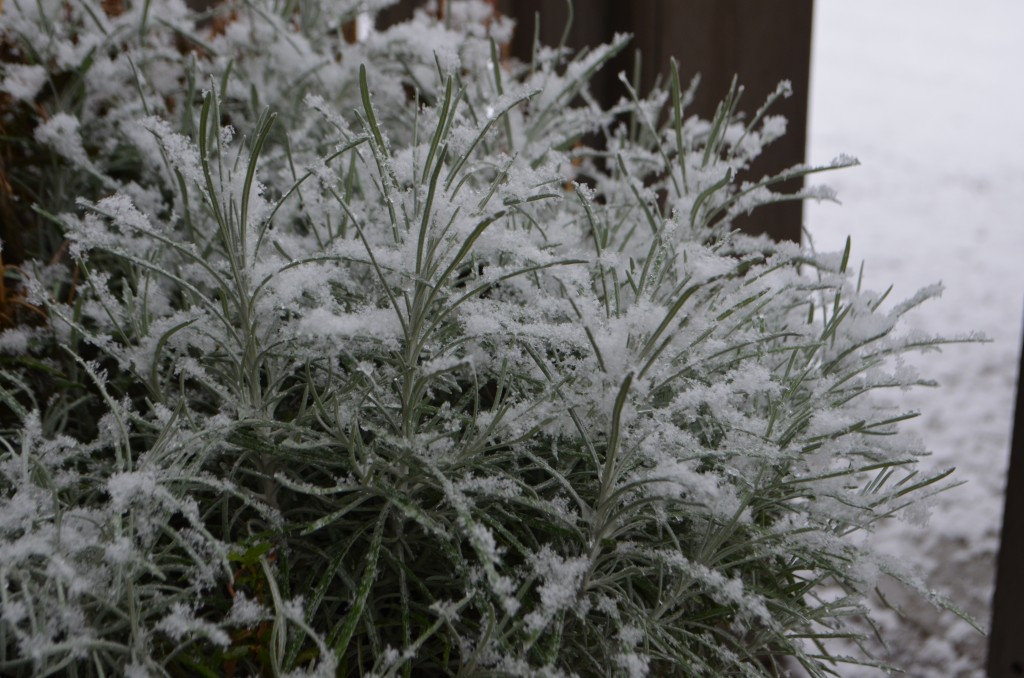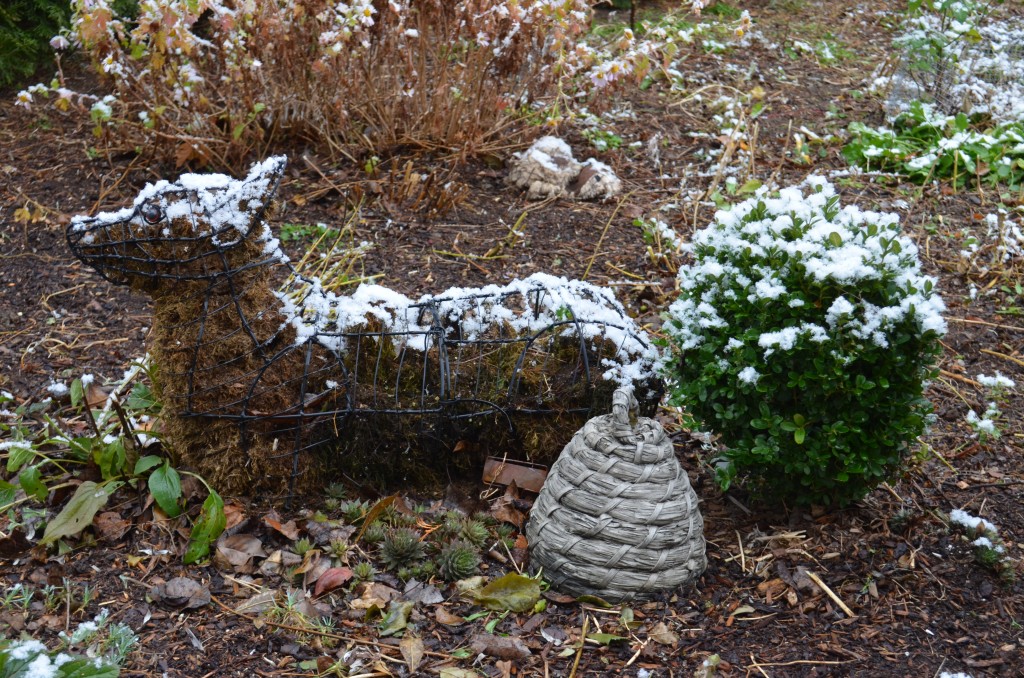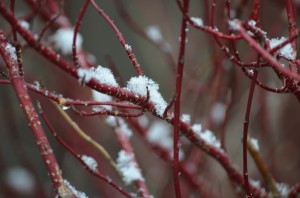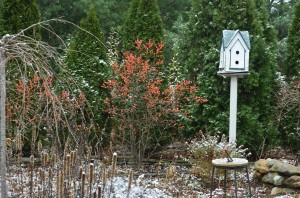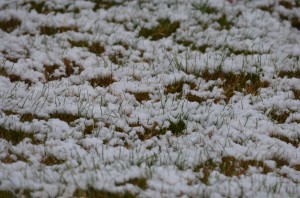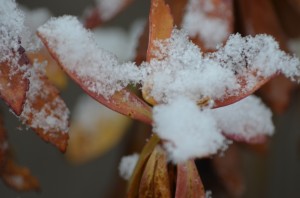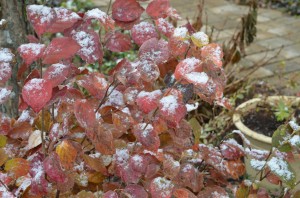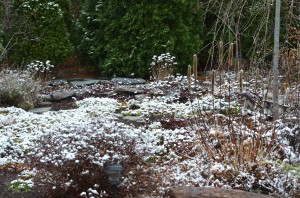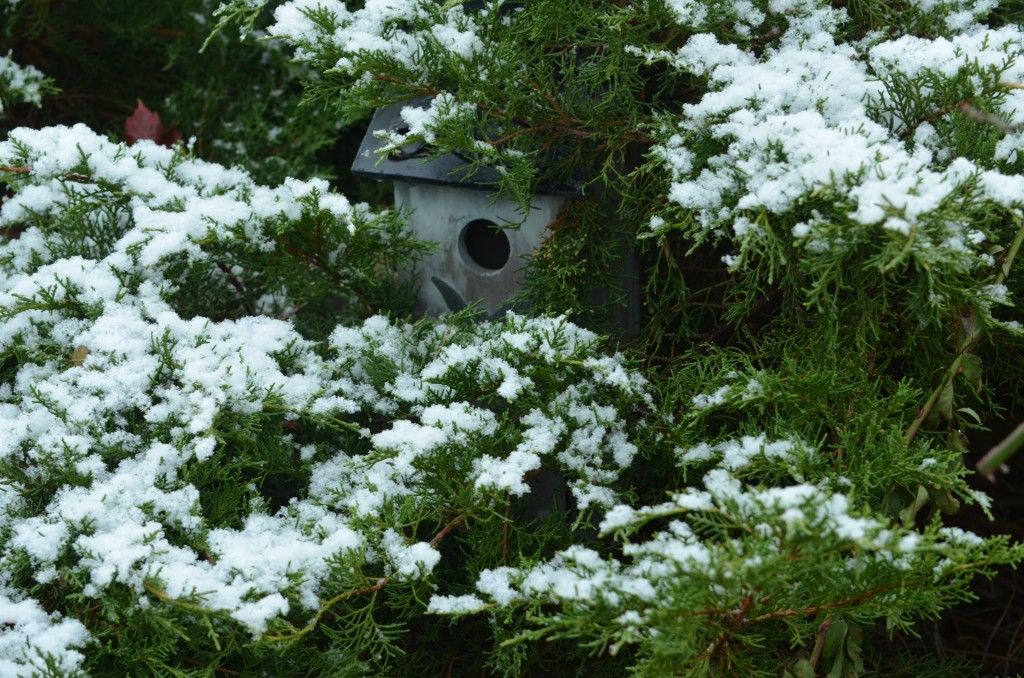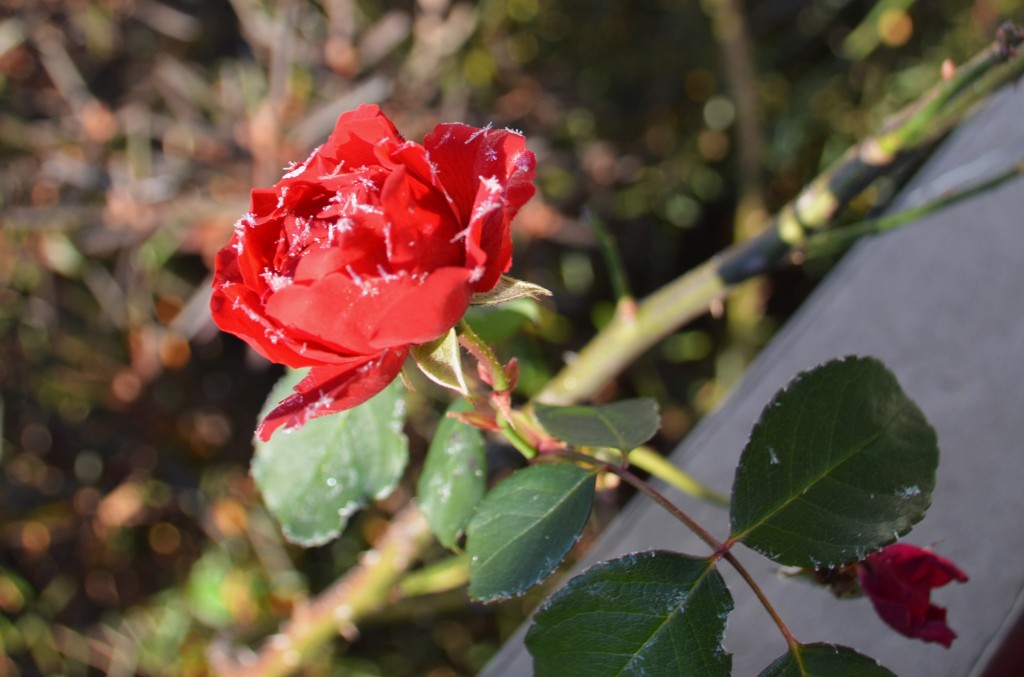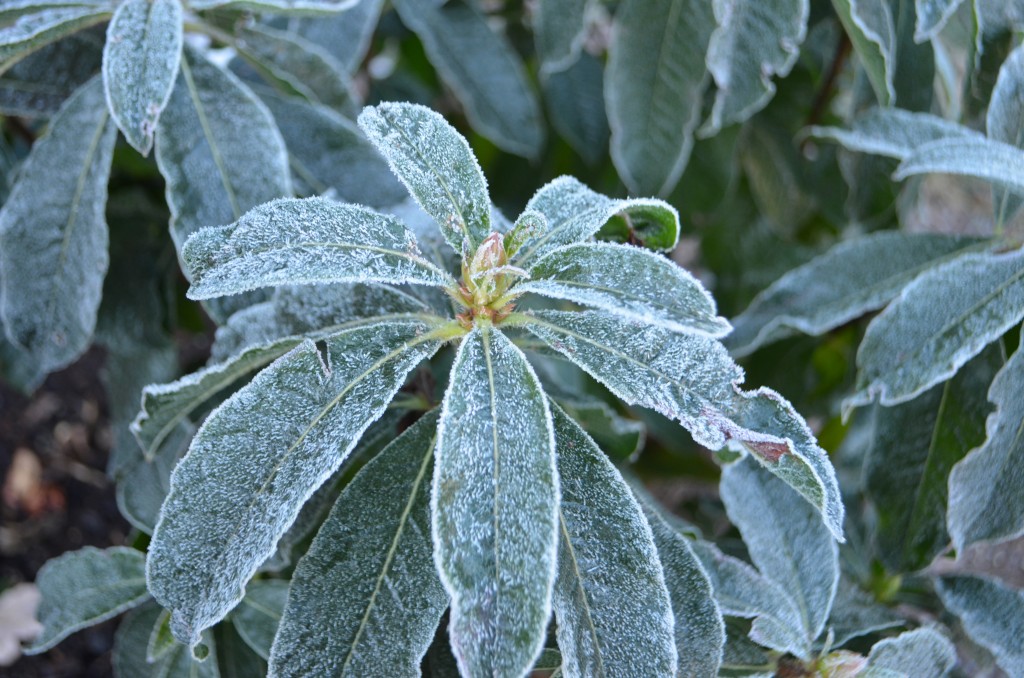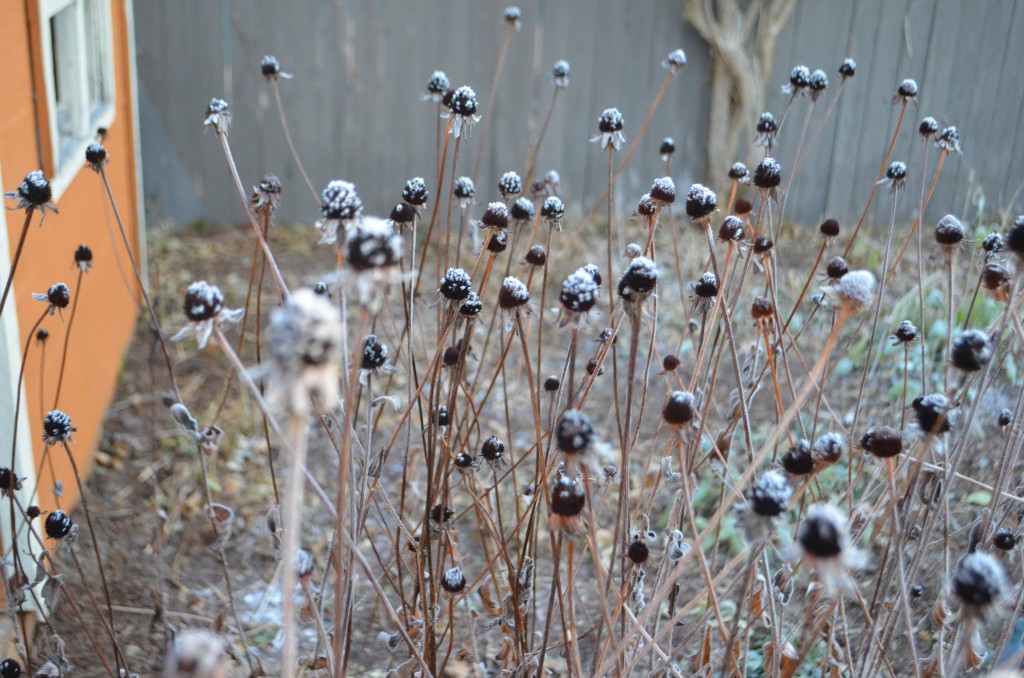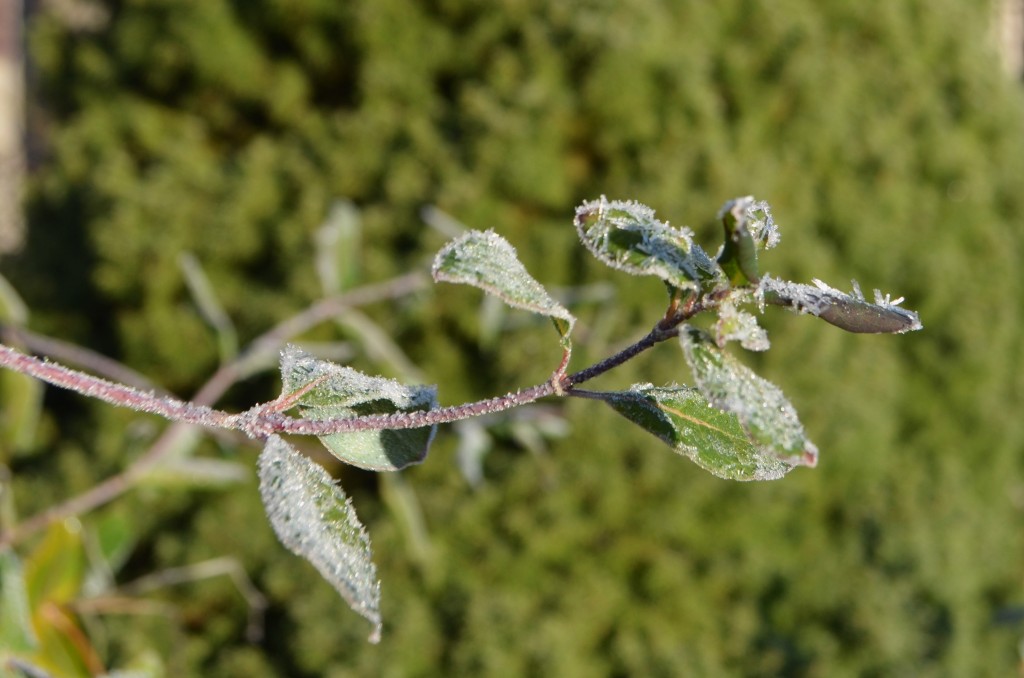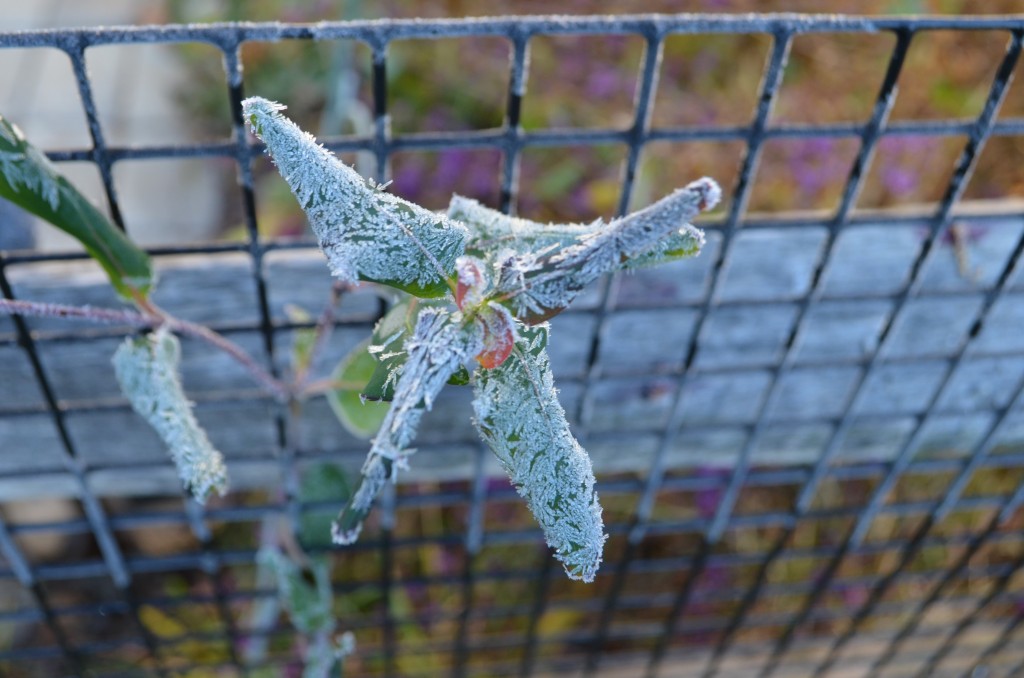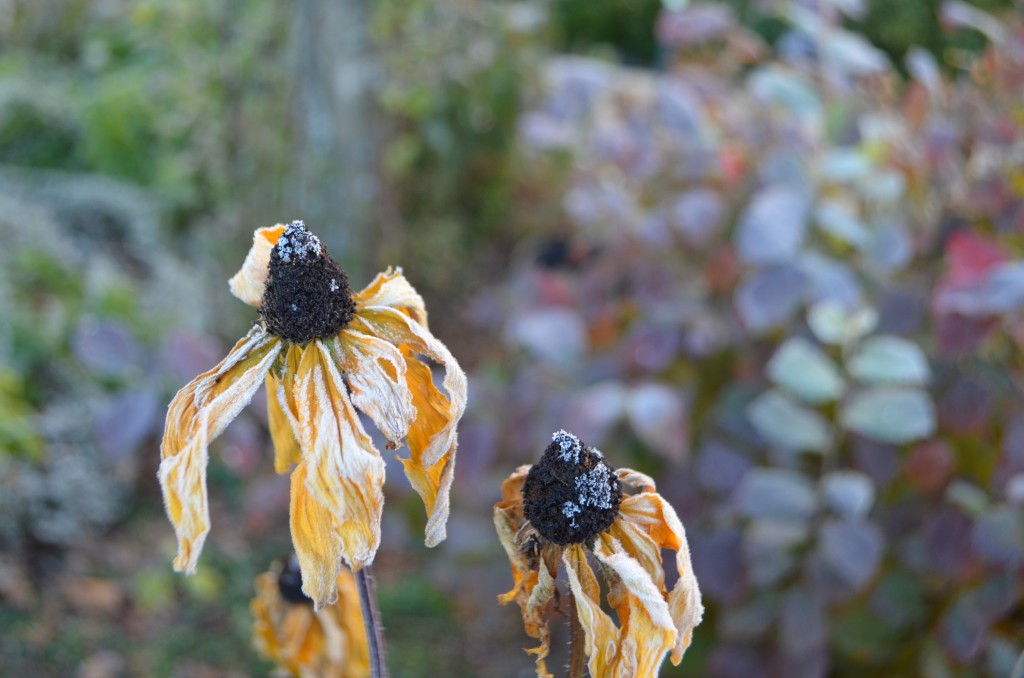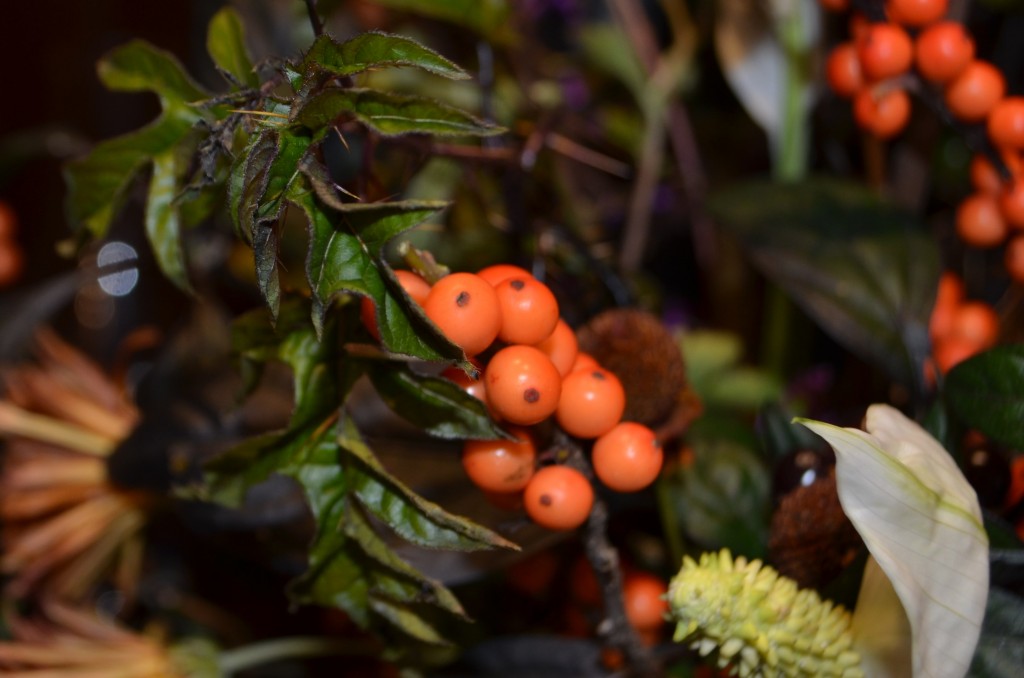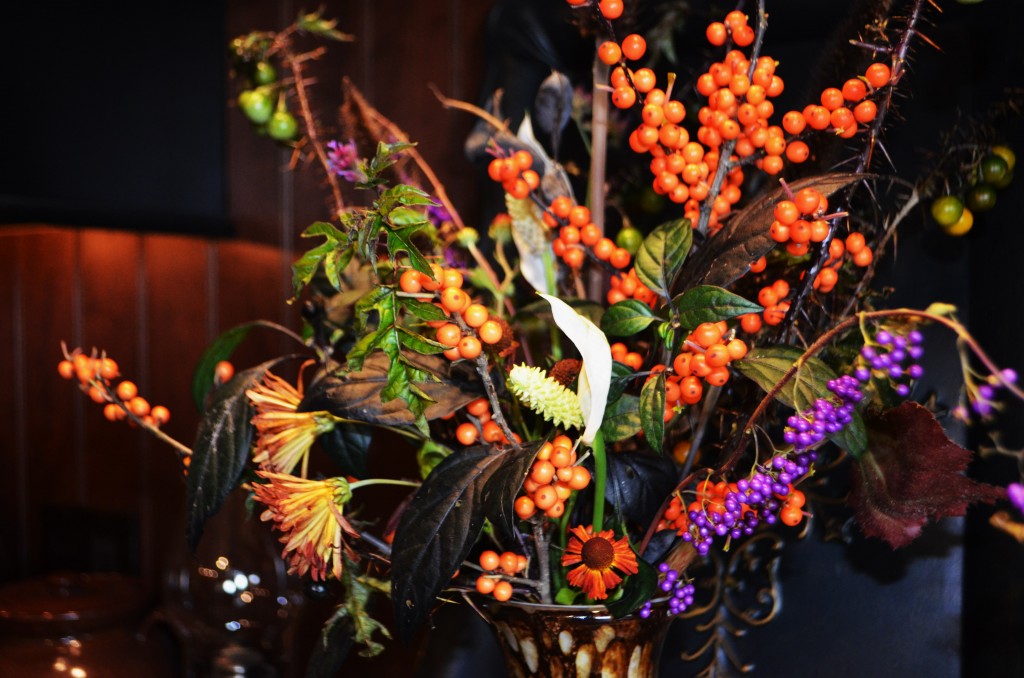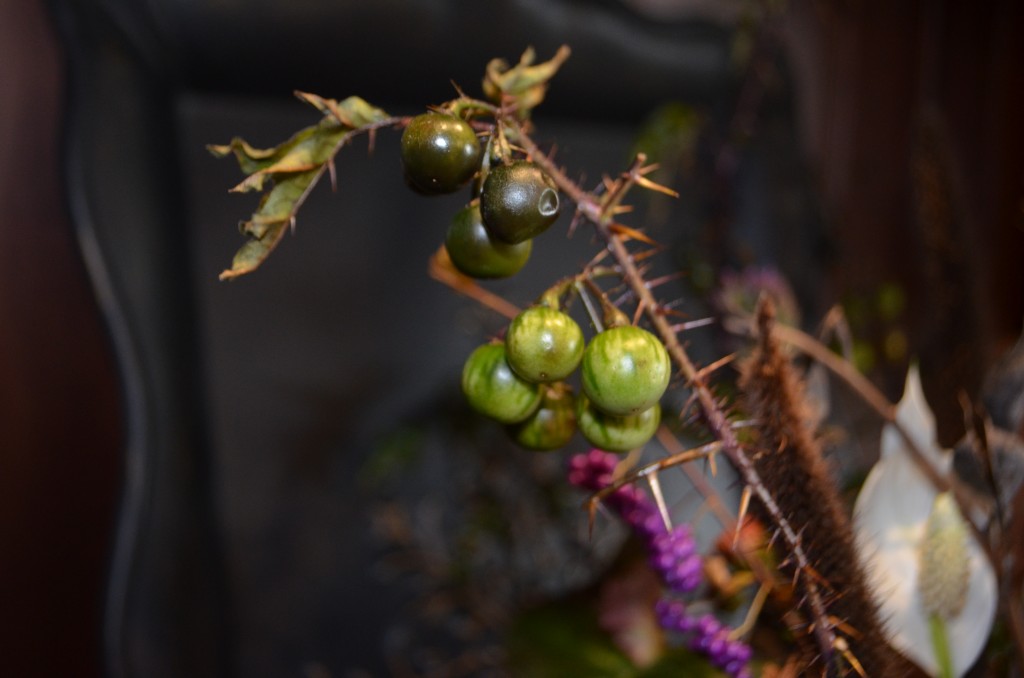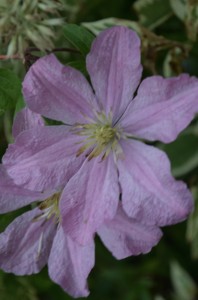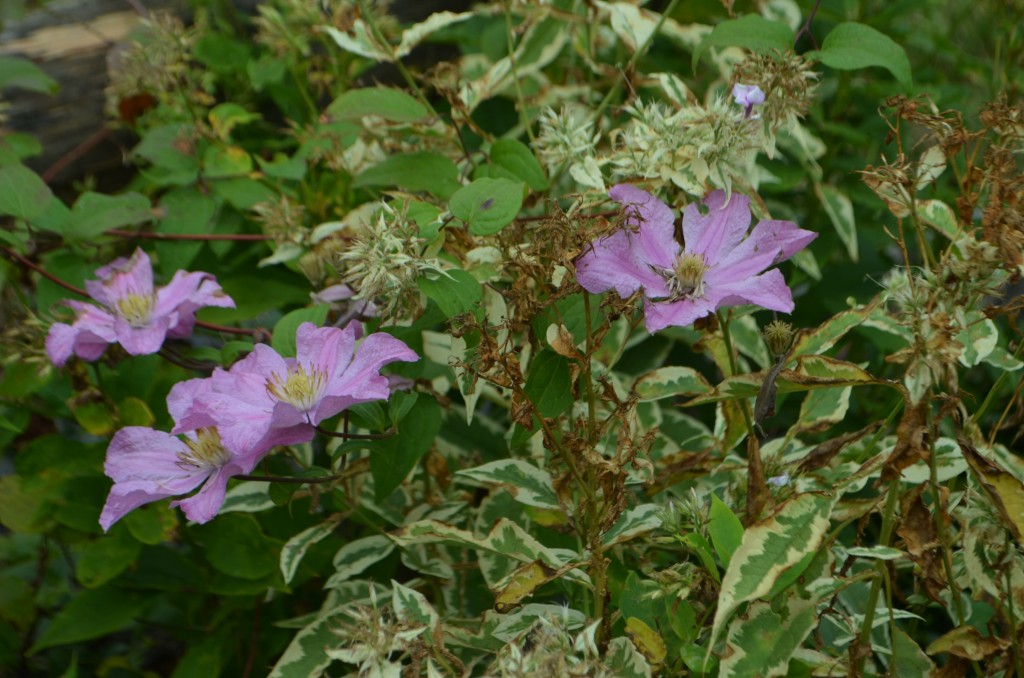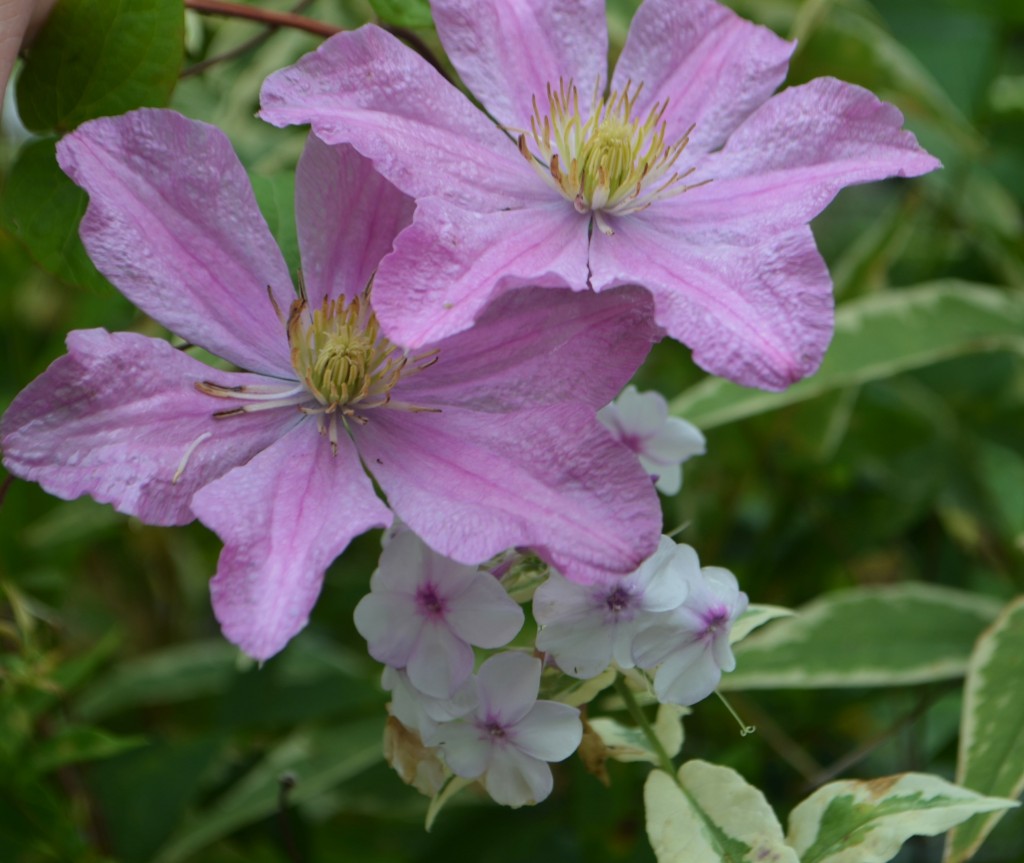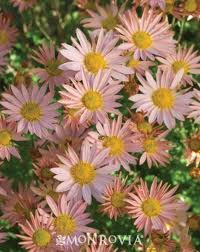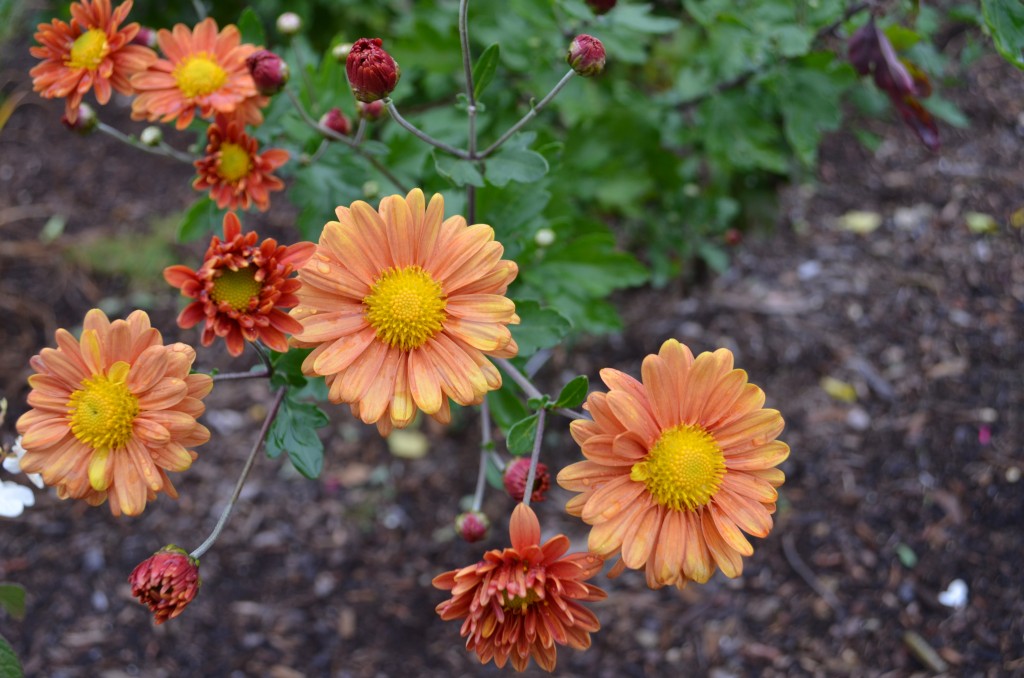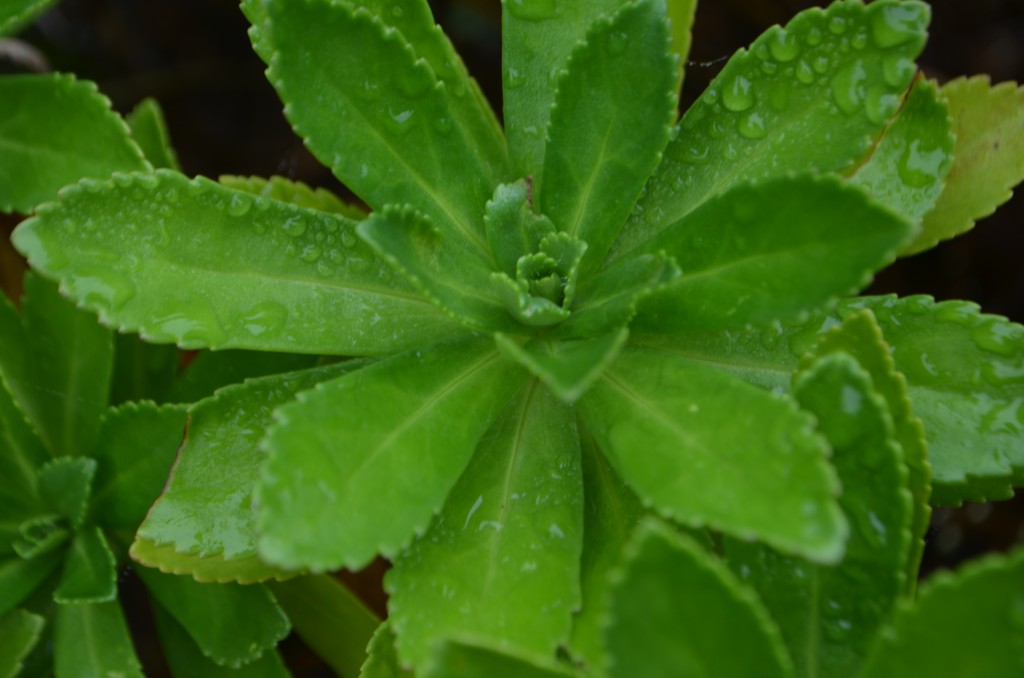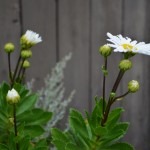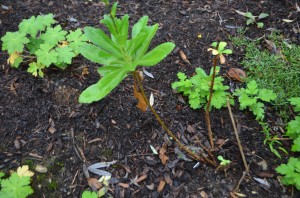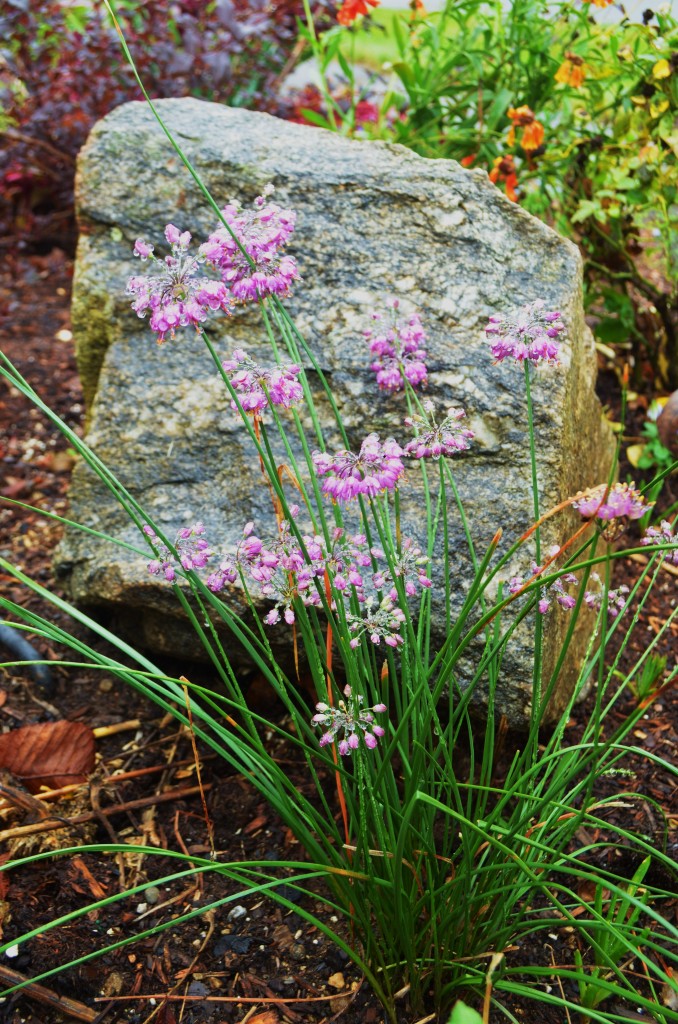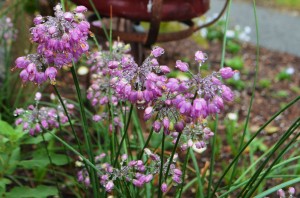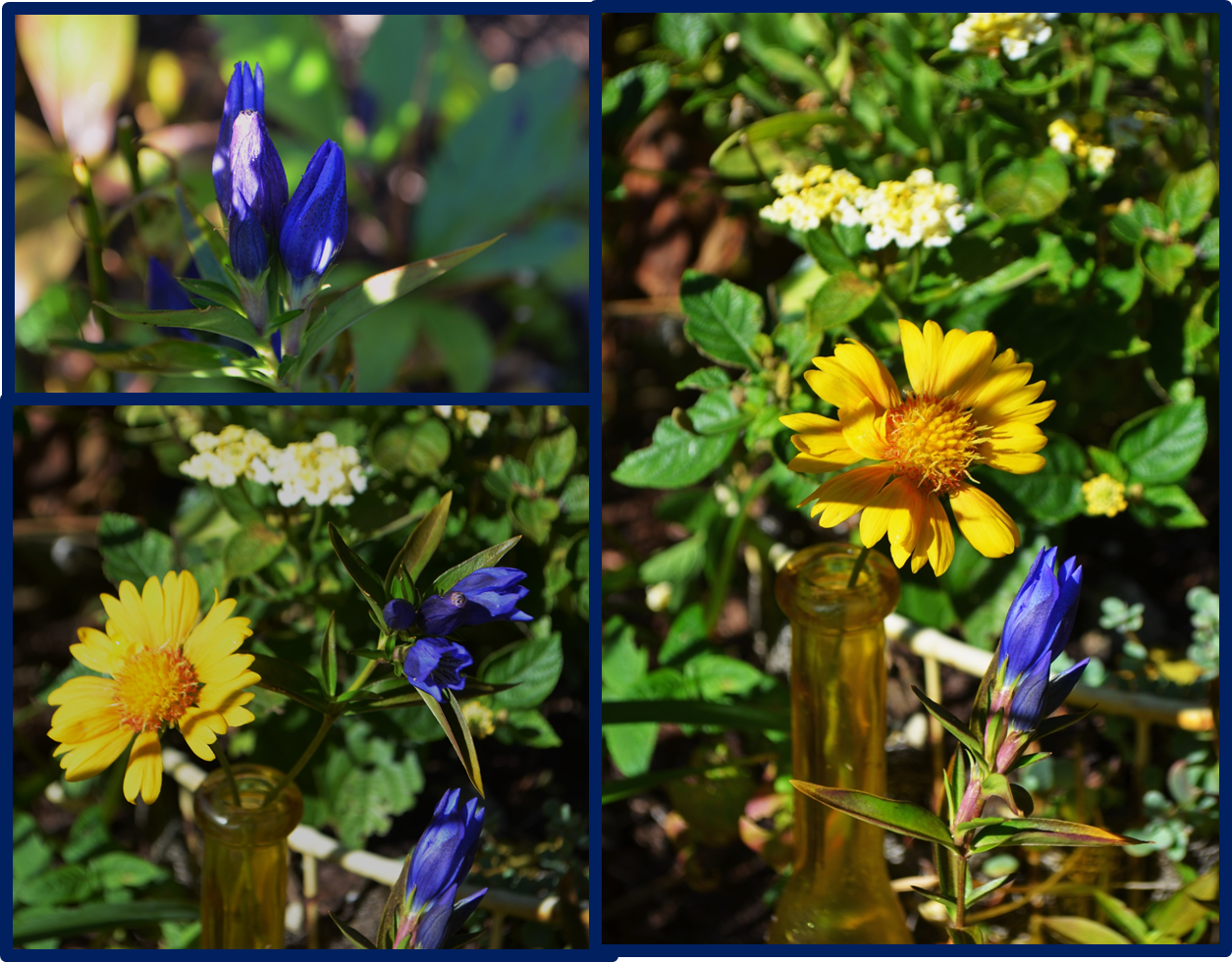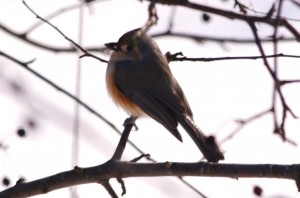 Well, I could drone on about all the reasons I have not been here for a while, but instead I will tell you I certainly enjoyed my little vacation and now ,I am back. Merry Christmas and Happy New Year!
Well, I could drone on about all the reasons I have not been here for a while, but instead I will tell you I certainly enjoyed my little vacation and now ,I am back. Merry Christmas and Happy New Year!
Late in fall I decided I was going to improve my bird watching and ID-ing skills and set out to do so. I asked for and received this new book
 from Bill for my birthday. I have traditionally used The Audubon Societies Field Guide for the Northeast, but found that especially little brown sparrow looking birds were very difficult for me to distinguish from one another , and I could also get tripped with male and female of a species, or even thrown off if there were young birds, or winter plumage, or really just about any slight deviation from the one photo in the Audubon book.
from Bill for my birthday. I have traditionally used The Audubon Societies Field Guide for the Northeast, but found that especially little brown sparrow looking birds were very difficult for me to distinguish from one another , and I could also get tripped with male and female of a species, or even thrown off if there were young birds, or winter plumage, or really just about any slight deviation from the one photo in the Audubon book.
Stokes, on the other hand is much more detailed , and a better reference book for a novice like me. For each species there are multiple photos showing males, females and young birds, as well as a shot of winter coloring if it differs from the norm. The writing is descriptive and often contains little helpful identifying tips, and there are maps showing the range of each species by time of year. All in all a much more comprehensive guide, and add that to the fact that it is a field guide for birds and only birds so I never accidentally open to to a page with a S-N-A-K-E on it, as I often do in my other field guide, and it is perfect for me.
I also joined the Cornell Lab of Ornitholgy’s Project Feeder Watch…well sort of.
Project Feeder Watch is designed to help ornithologists keep track of bird populations , the scientists at Cornell use the data collected by back yard birders to help in their understanding of bird distribution and population trends . Observers, once registered , submit tally sheets they record on two consecutive days of each week of birds that visit their feeders and the immediate habitat around them as well as the weather conditions . Reports can be submitted via paper and snail mail or online .
I registered, received my packet full of instructions and feeder tips , a calendar ,and best of all, a large color poster of common feeder visitors in my area. Then I chickened out. I still do not feel confident enough when I look at many of my feathered visitors to call them by name or accurately count their numbers. I am working on it. I am practicing, taking photos to capture details better, and writing down numbers even if I am not submitting them.
So far a couple of cool things have happened. One day we had a flock of about 40 robins show up here and camp out for most of the day. They are not generally what you would call feeder birds and not always around in winter here so a little research was in order. Well,it turns out most robins do hang around here in the winter it is just that their habits are different so we see fewer of them. In the spring and summer when they are mating they are very territorial. We generally we see them in pairs showing up to dig for worms in the lawn , and being territorial they will be spread out all over the area to feed and mate. In the colder months they gather in flocks and head to where the food is , so only the places where the flock can find ample berries and fruit will have them as visitors. So ,in spring it is pairs spread out all over the place ( more sightings of a few birds at a time ) and in the winter it is large flocks foraging ( fewer sightings of many birds). They like it here because the willow hedge gives them a place to hang out and take turns swooping into the yard to eat the berries and fruit off all the hollies and crab apple trees. They eat hawthorne, sumac, and bittersweet berries as well and will come to the feeders if you offer cranberries or blueberries or raisins that have been soaked in water for them. They look very different in the cold temps too,like most birds they ruffle up their feathers to trap air as added insulation so they look almost furry.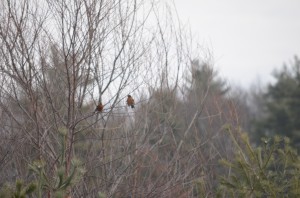
We have also had visits from two different woodpeckers ( a female Hairy Woodpecker below) which I think are fascinating to watch.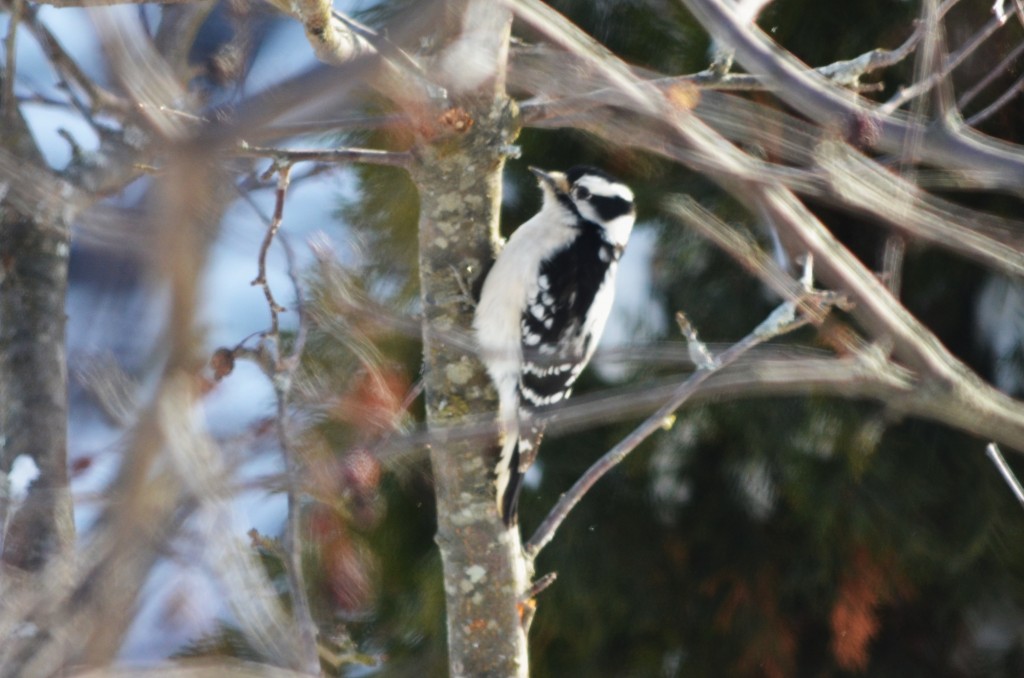
As of today we have hosted every one of the different bird species on the Cornell Lab poster in varying numbers, including for the first time a visit from the nasty European Starling. The invasive starling and the cowbirds are my least favorite part of bird watching, but having them here is a small price to pay for the entertainment value of the feeders and the antics that surround them.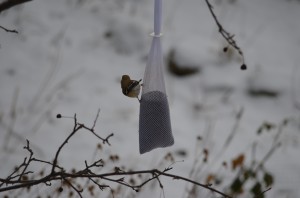
I just found out about this app for the iPhone called Merlin Bird ID , which will help you identify any bird you see using questions that narrow down the type of bird by size, color and location using data just like that collected by my fellow backyard scientists! I have to wait for the droid app to be released in spring 2014, or maybe I can convince Wil he needs this installed in his iPhone ! I can hear you all laughing from here 🙂